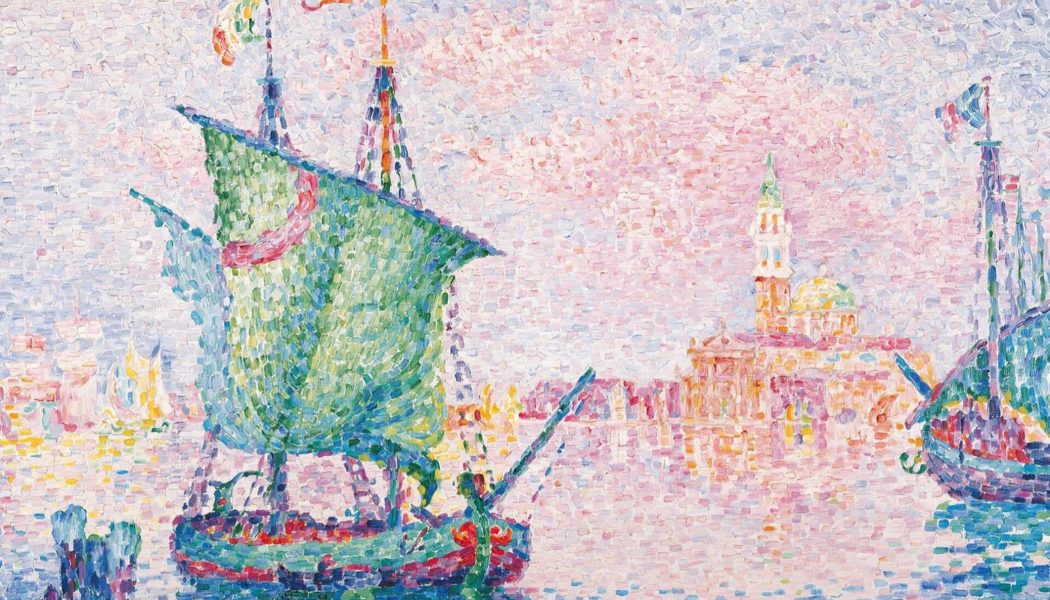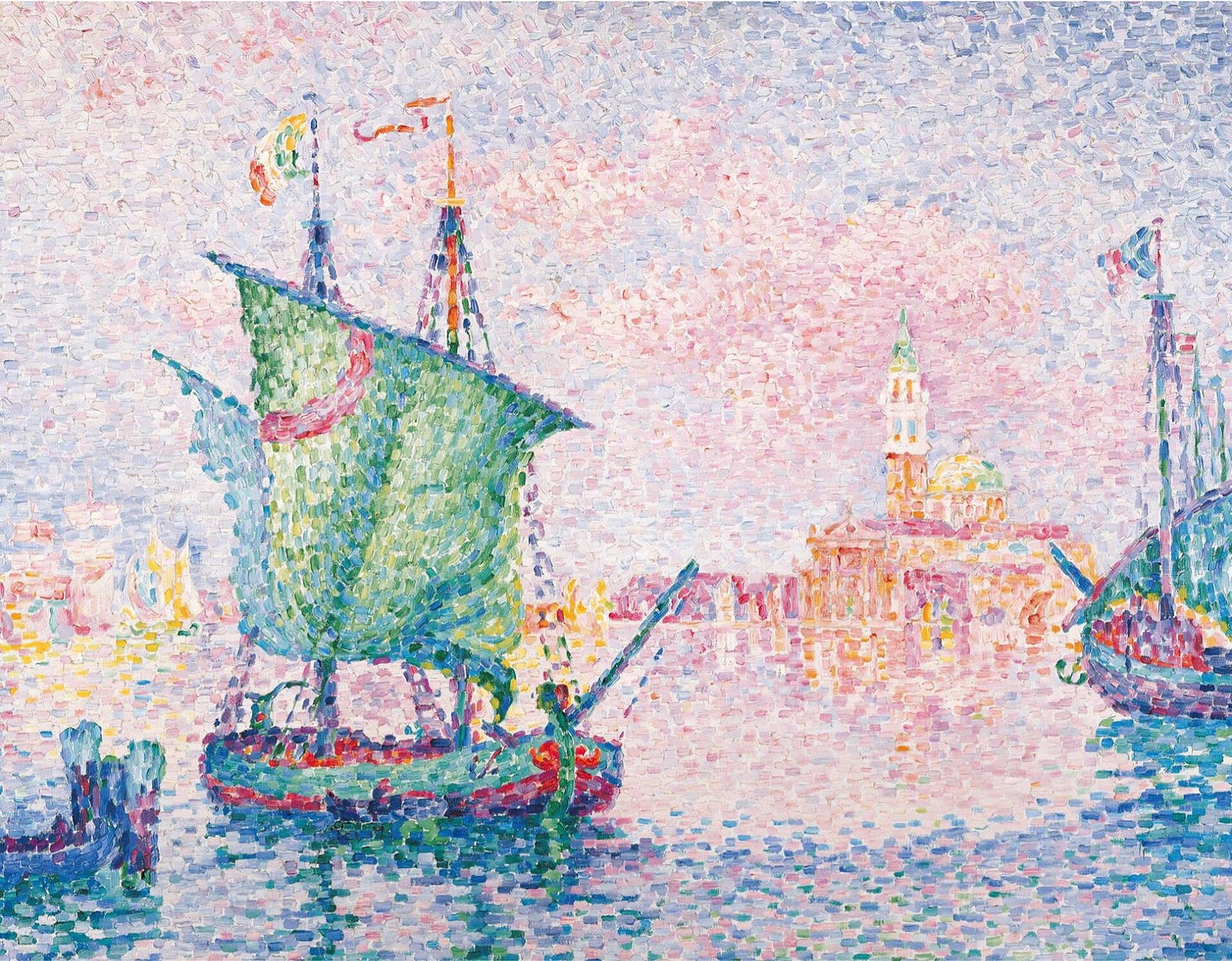We are all looking for more happiness.
I think the cultivation of beauty is one path to greater happiness.
If we can notice more beauty around us, I think we will live happier lives. Even better, if we can contribute in small ways to the beauty of the world, ethically and aesthetically, I think we will find deeper satisfaction and purpose in life.
Such a proposition does not rest on mere aestheticism. The call to notice and to cultivate beauty in the world—especially in the work of a beautiful life—requires intellectual and moral discipline that engages the whole of the human person.
The Nature of Beauty
What is beauty, though?
That is a surprisingly complex philosophical question. But there are a few things we can say about it from the perspective of ancient and medieval philosophy. Plato and many of his successors in the Neo-Platonic philosophical tradition wrote about beauty. Plotinus and Proclus also wrote about the hierarchy of beauty as did Plato in the Symposium. The same is true for many of the great late antique and medieval thinkers from Augustine to Boethius to Thomas Aquinas.
Thomas Aquinas, following a long tradition, writes in several places about the three properties or notes of beauty: unity, proportion, and splendor. Everything that is beautiful exhibits in some way these three qualities.
-
Unity. All that is beautiful has an integrity to it. I think this unity is the basis for its intelligibility. The work of art is “set off” from everything around it. The paintings is framed. The symphony begins and ends in silence. The sculpture is defined by the edges and continuity of its marble form.
-
Proportion. The landscape is composed of a foreground, middleground, and background that come together to make a whole. The musical sonata has an exposition, development, and recapitulation. The novel has a beginning, a middle, and an end. These parts are arranged into an artful whole.
-
Splendor. Each work of art has a splendor, clarity, or radiance. One could think of this on a concrete and material level in terms of brightness of color (as early aesthetic theorists did). But such “brightness” extends intelligibly beyond color into the splendor of the form of the work of art, whether that be expressed in sound, paint, stone, glass, or some other medium.
Thomas also spoke about beauty as that which pleases when seen (quod visu placet). He seems also to approve of his teacher’s formulation of beauty as the “splendor of form” (splendor formae) which coheres with the teaching of Pseudo-Dionysius, who was likely an anonymous sixth century Syrian monk.
The first definition—beauty is that which pleases when seen—thinks about the effect of beauty in relation to the one who beholds it. There are two parts of this definition. First, beauty requires a seeing or beholding. This vision can be either sensate (seen through the senses) or intellectual (contemplated by the mind). We see a beautiful painting. But we also “see” the beauty of a geometric proof. Physicists often describe their breakthroughs and solutions as beautiful.
Second, the effect of beauty is pleasure. There is a delight that one feels, either in the body or in the mind (or both), upon seeing something beautiful. The delight of the mathematical theorem or scientific theorem is not unrelated to the delight we take in listening to a great work of music or seeing a masterwork sculpture.
This is one reason why I think it is critical that we see the true and the good as beautiful. If they do not captivate us with a material and spiritual delight, we will probably cease our pursuit of them. To pursue the true and the good at length (in a friendship, in a professsion, in a family) will be much easier if we can see the beauty of what we are pursuing as well as its truth and goodness.
Beauty thus draws on both the intellect and the appetite. It is a kind of synthesis of the good and the true—the good as known and the truth as loved.
(How exactly beauty is distinct from beauty and goodness remains a challenging question. One need only think here of Keats: Beauty is truth, truth is beauty.)
The Cultivation of Beauty
This theoretical reflection on beauty can make it easier both to notice beauty in our ordinary lives. We might think about the following approaches to beauty:
-
Seek. Beauty is sometimes easier to see if we move out of our familiar routines. This might involve travel. On a grand scale, of course, you might take a trip to one of the old European capital cities and enjoy its art museums and concerts. But you could just as likely travel to a nearby city that houses music and works of art. This obviously takes some planning, but a trip to the local art museum or symphony can be a lovely way to bring more beauty into you life, even if it is only for an afternoon or evening.
-
Notice. For most of us, it is not always possible to jet off to Vienna to hear the State Opera perform Mozart. I think we can also practice noticing the beauty around us. This is really important! The moments of beauty that we experience from “high culture” can lead us to notice the flowers in the grass, the leaves on the tree, the falling raindrops. A Dutch still life can make you look at flowers outside your door in a new way. Chopin’s nocturnes and ballades can make you consider a rainy evening in a new light.
-
Create. After receiving some inspiration from the old masters, and then noticing the beauty in the world around you, go and create something. Paint a picture, sketch a drawing, pick up an instrument, sing a song. It is far easier to be a consumer than a creator. You might think about taking up a small hobby—really, a practice—that allows you to create something.
But take all of this with a grain of salt. The point is not to create more pressure and anxiety here. If you have six children under the age of ten, it’s not likely you will have time (or money) to prance around in Europe or take painting lessons in Florence or dedicate hours to practicing your piano and voice skills.
That’s entirely alright. If we can notice how light falls across the room in the afternoon, the stippling of light on the sidewalk, the play of light falling across an orange on the counter—that is really the contemplation of beauty.
And we should say that noticing and enjoying beauty does not necessarily make one an ethical or moral person. The commandants of the concentration camps also enjoyed Beethoven and Mozart. Beauty, then, can function both as a siren’s song that lulls us into moral forgetfulness—but it can also function as a clarion call to virtue and moral courage if we allow it to do its work on us.
Beyond Aestheticism: Living a Beautiful Life
Noticing beauty in our lives is not easy. That’s because life is usually, well, hard. And that hardness can crowd out the ordinary beauty that surrounds us. (I think here of remarkable passages from concentration camp survivors several of whom would speak about the beauty of the flowing sky, a symbol to them of freedom.)
The noticing of beauty in this sense is not aestheticism or dalliance. It is a practice and a discipline that takes effort and intentionality. And there is, finally, the work of creating a beautiful life. In ancient Greek, the word kalos names both beauty and goodness. To live a good life is to live a beautiful one—a life that has a unity of purpose, a harmony of all its parts, and a moral splendor. While I may be miles away from that, such a life seems like a good target to aim for.
Noticing beauty enriches our life. Living that beauty is even better.









